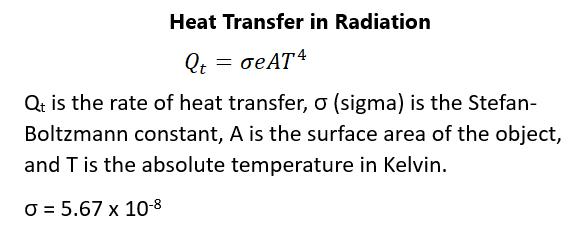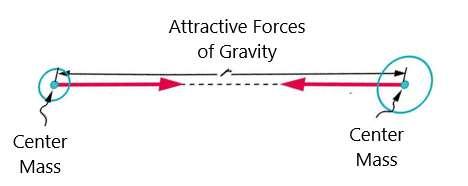Figure 137.
Light can reflect also from irregular surfaces; however, the light will strike and bounce off at different angles, making the light appear more diffused. Diffused light is what allows a person to see what’s written on a piece of paper from many different angles. Diffusion happens with many things, with the exception of mirrors. According to the law of reflection, the angle of reflection equals the angle of incidence, as is seen in figure 137.
REFRACTION Refraction can be seen when looking into a fish tank. There is distortion of the image because light will change directions or bend when it passes through the water. This bending of water is referred to as refraction. Refraction accounts for many phenomena seen when looking at light images and is the process light goes through in a lens, in water, and in optical fibers or fiber optics. The speed of light, defined by the letter c, is a key concept in Einstein’s theory of relativity. It turns out that light will change speed when traveling from one medium to another. The traditional speed of light is that which it travels in a vacuum. It does not travel at the same speed through water, glass, and other mediums. This leads to the index of refraction, called by the small letter n, which is specific to the material and is defined as the speed of light divided by the velocity of light in the material. Because of this ratio and the fact that light is slower in all media, the value of n will always be greater than one.
299




































































